Substitutes for Spring Onion: 6 Best Alternatives, Characteristics + FAQs!

Vegetables are a common element of our diet. If there isn’t a fresh salad accompanying the main course, lunch isn’t complete. An onion is a versatile element that works well in any dish. They come in various colors, shapes, and sizes and may be found in almost every home. They are pretty healthful, so they are commonly used as a critical element in most meals.
Spring is one of the most significant times of year for veggies, and spring onion fits right in, as the name suggests. This onion is an onion family member, but it is pretty distinct. People are sometimes perplexed by the variety of kinds available and are unsure which is appropriate for a particular use. But consider this: what if you don’t have spring onion at home or there aren’t any left at the market? Can other onions or comparable veggies be substituted?
Can other veggies be substituted for the spring onions?
Yes, of course! The so-called spring onion is the baby onion, and its form and size distinguish it from the other onions commonly used in cooking. I’ll give you several alternatives to spring onions that are just as healthful and can work just as well in your cooking. Find out more by reading the text!
Suggestions for Spring Onion Substitutes
As previously said, this form of onion is widely utilized in various cuisines and imparts a pleasant flavor to dishes. If you’ve run out of spring onions and there aren’t any more in the market, don’t panic; I’ve got some great substitutes that will help you rescue your meal. Continue reading to find out:
1. Shallots
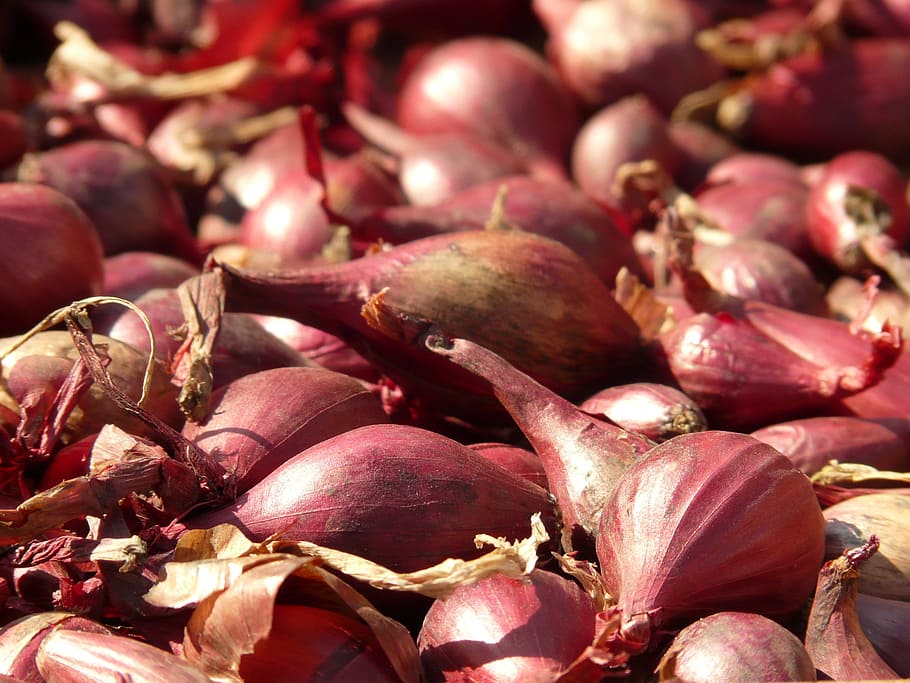
Shallots are a decent replacement for spring onions. This onion belongs to the same Allium species as the previous one. They have a mild onion taste and grow in clusters similar to garlic bulbs. Their flavor is similar to garlic and onion but softer and sweeter. Its composition includes 75 calories, 2.5 grams of protein, 0 grams of fat, 3 grams of fiber, 5% DV magnesium, 7% DV iron, and 3% DV calcium. As a result, it will readily fit into your recipe.
2. Red spring onions
These onions are similar to green onions; however, they are reddish-brown. They start appearing in grocery shops in February and last until June. These go well with salads, spaghetti, meat, and just about any other dish. Wash it off and clip the root end, and you’re done. This red spring onion has about the same nutritional value as the green one so you may use it instead of the green one without concern.
3. Red Onions
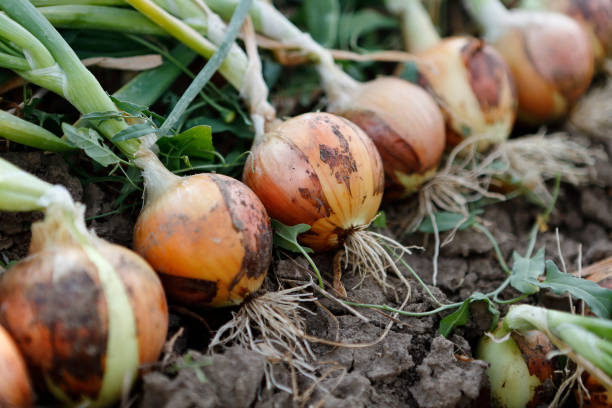
Because of their spherical form and rich purple, crimson flesh, they are the odd ones out in the onion family. They’re eaten raw in salads but usually cooked with a milder flavor. They’re also delicious when cooked on the barbecue. You may easily replace spring onions with red onions, which provide 40 calories, 1.1 grams of protein, 89 percent water, 1.7 grams of fiber, 0.1 grams of fat, and 4.2 grams of sugar. They’re easily come by in marketplaces and are frequently used in cooking.
4. Scallions or green onions
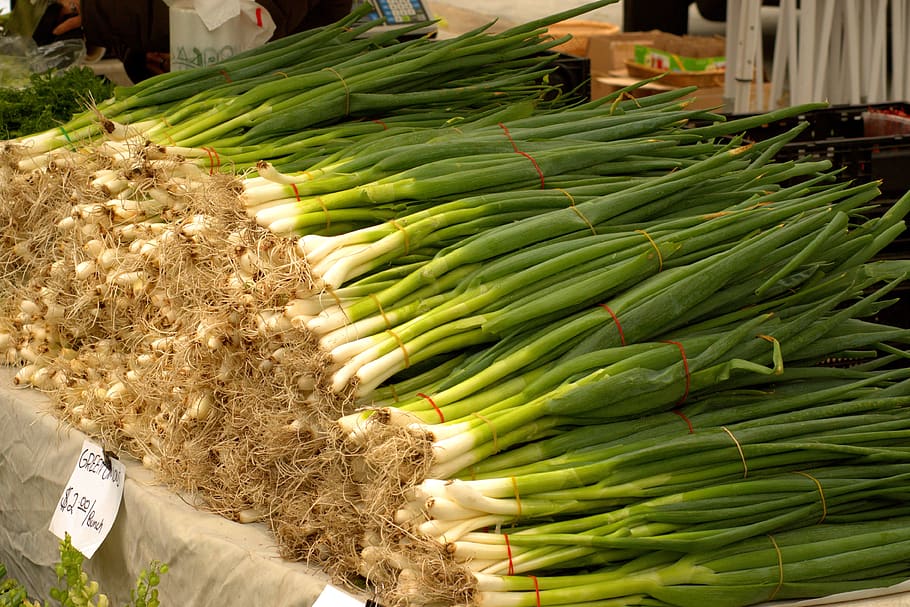
Green onions are frequently mistaken with spring onions. They resemble each other so closely that it’s difficult to tell them apart. The bulb is the fundamental distinction between them. Spring onions are older and have a more developed and spherical bulb than regular green onions. They have a similar nutritional profile: 32 calories, 89 percent water, 1.8 grams of protein, 2.6 grams of fiber, and 0.2 grams of fat. It may be used in the same dishes as spring onions because they are almost identical and work well in stews, salads, and stir-fries.
5. Leeks
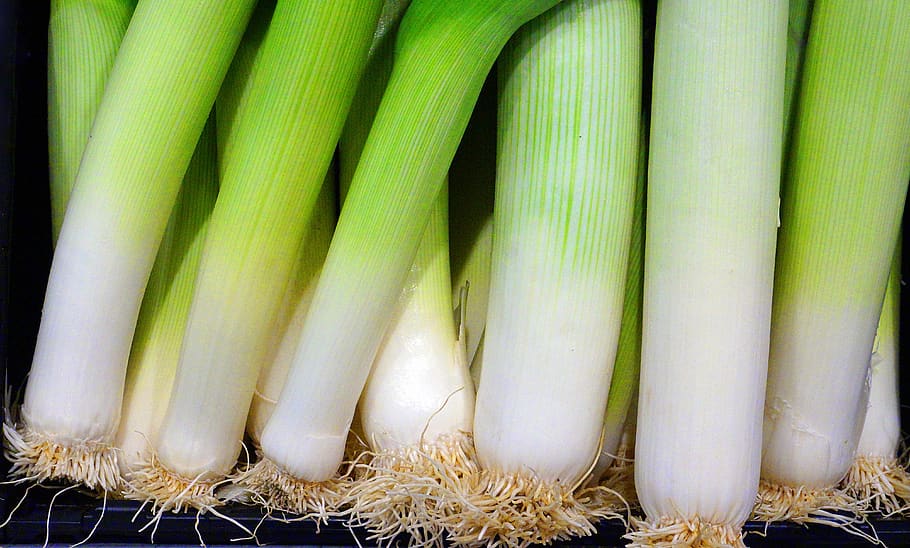
Leeks have straight bulbs and dark green tips, making them seem like a giant spring onion. They are members of the Allium schoenoprasum genus. Long white bulbs with densely packed leaves characterize this species. You should be cautious and always wash the entire plant before using it since it, like another vegetable, can harbor dirt. They have a garlicky flavor, and the top has a cabbage flavor, but the flavor mellows when cooked. A raw leek has 54 calories, 13 grams of carbs, 1 gram of protein, 2 grams of fiber, and zero grams of fat. Leeks make it a healthy and straightforward substitute for spring onions.
6. Chives
Because chives are blooming herbs, they are substantially distinct from all veggies described above. Their long green stalks, which resemble grass, set them apart from other herbs, as do their lack of bulbs. Salads with chives blossoms are delicious. They have a faint onion flavor and are usually eaten raw because they are lost when cooked. 0.9 calories, vitamin K, vitamin C, vitamin A, 2.76mg calcium, and 8.88mg potassium are all included in one tablespoon of minced chives. Chives include several nutrients that can aid you with various health issues, including cancer, sleep and mood, eye health, and many others. I would strongly suggest these plants as an alternative.
Characteristics of Spring Onions
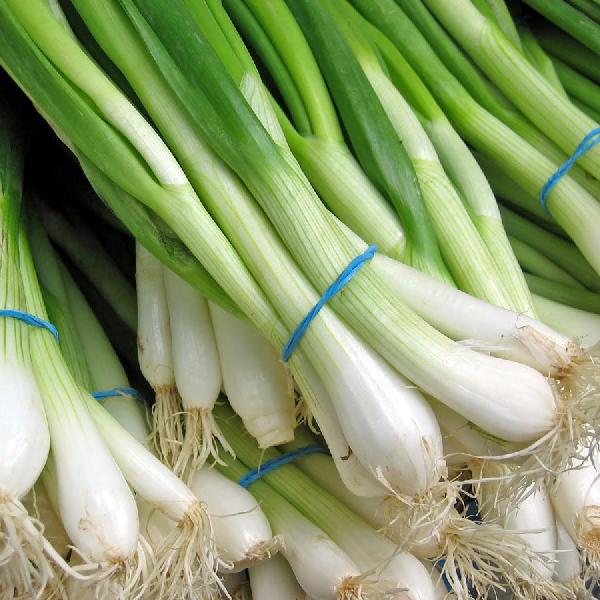
Spring onions are distinguished by leaves, a bulb, and membership in the Allium family. Their leaves are eaten fresh or cooked as vegetables. Spring onion leaves are chopped and used in soups seafood dishes and may also be combined with ginger, garlic, and various vegetables and meats. This kind has a strong onion flavor divided into a white section with a more robust flavor and a green half with a milder flavor.
One medium spring onion (100g) includes
- 0.2 grams of fat
- 0.01 percent low salt
- 4.5 grams of sugar
- An abundance of vitamin C and calcium
- fiber
- vitamins A and B6
- minerals
When shopping for them, search for robust, fresh, and have dark leaves. Spring onions are available at grocery shops, and unlike mature onions, they may be stored in the refrigerator.
Related Questions
What are some of the things you can do with spring onions?
Spring onions are versatile and may be used in a variety of dishes. Here are some suggestions to get you started on your next meal: Spring onion bread BLT, poached chicken with spring onion and ginger sauce, tuna melt with spring onion confit, potato and spring onion pancakes, pork, kale, and spring onion stir-fry, etc.
Is it possible to store spring onions in water?
Yes, you certainly can. Spring onions will keep growing if you keep them in water or soil at room temperature. If you want to keep them in water, choose a glass or jar large enough to hold the hefty plant upright while it grows.
When it comes to spring onions, how long do they last?
Spring onions have more moisture than mature onions and will last for a few days if stored at room temperature. They can last up to two weeks if kept in a crisper drawer or sealed in the fridge. Please put them in the fridge to maintain their freshness.











